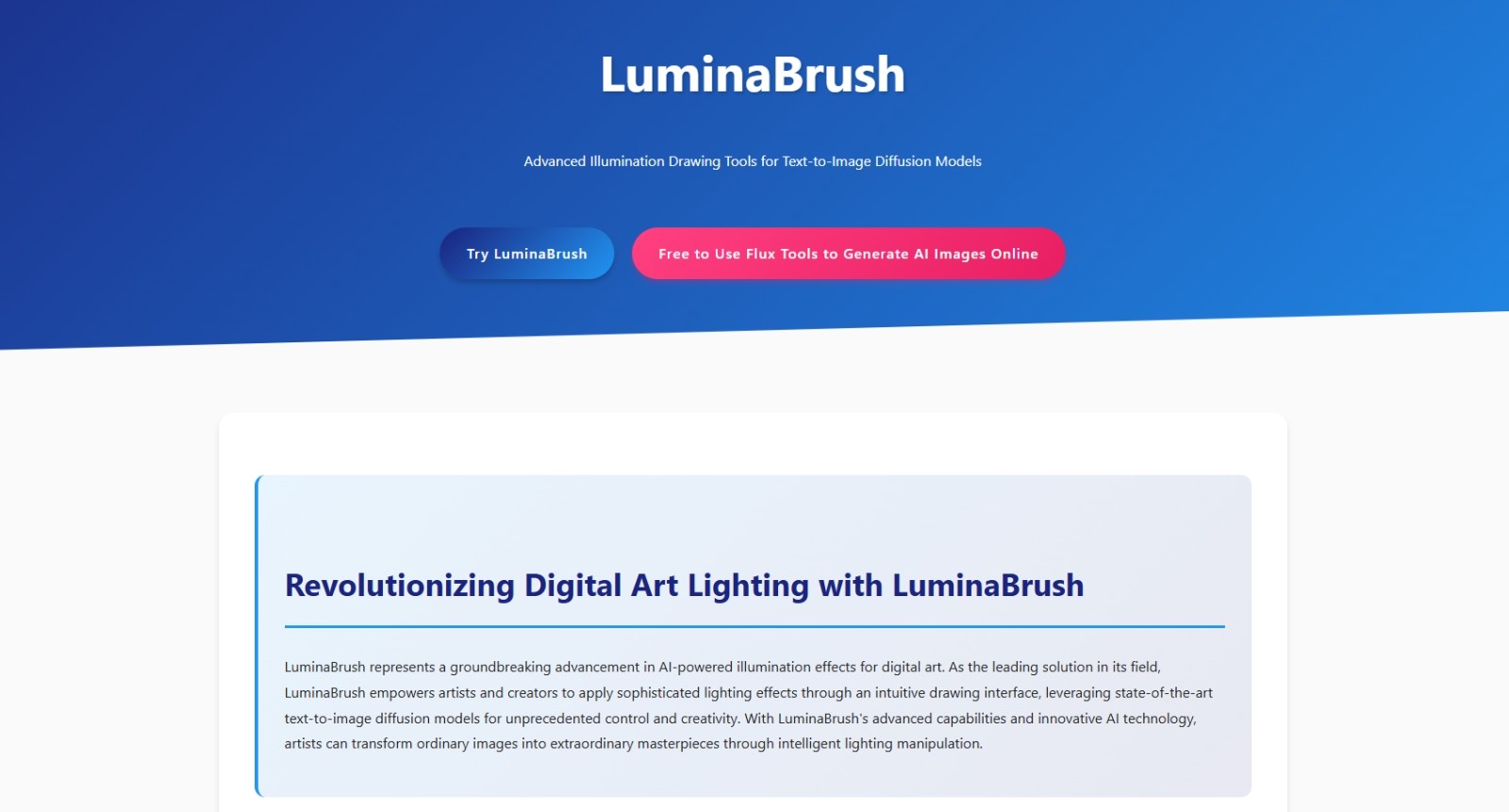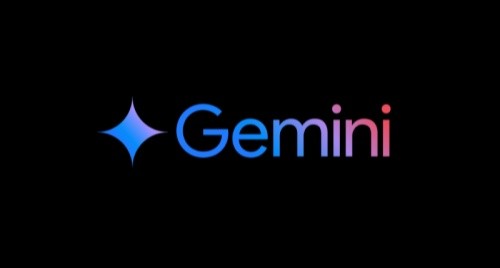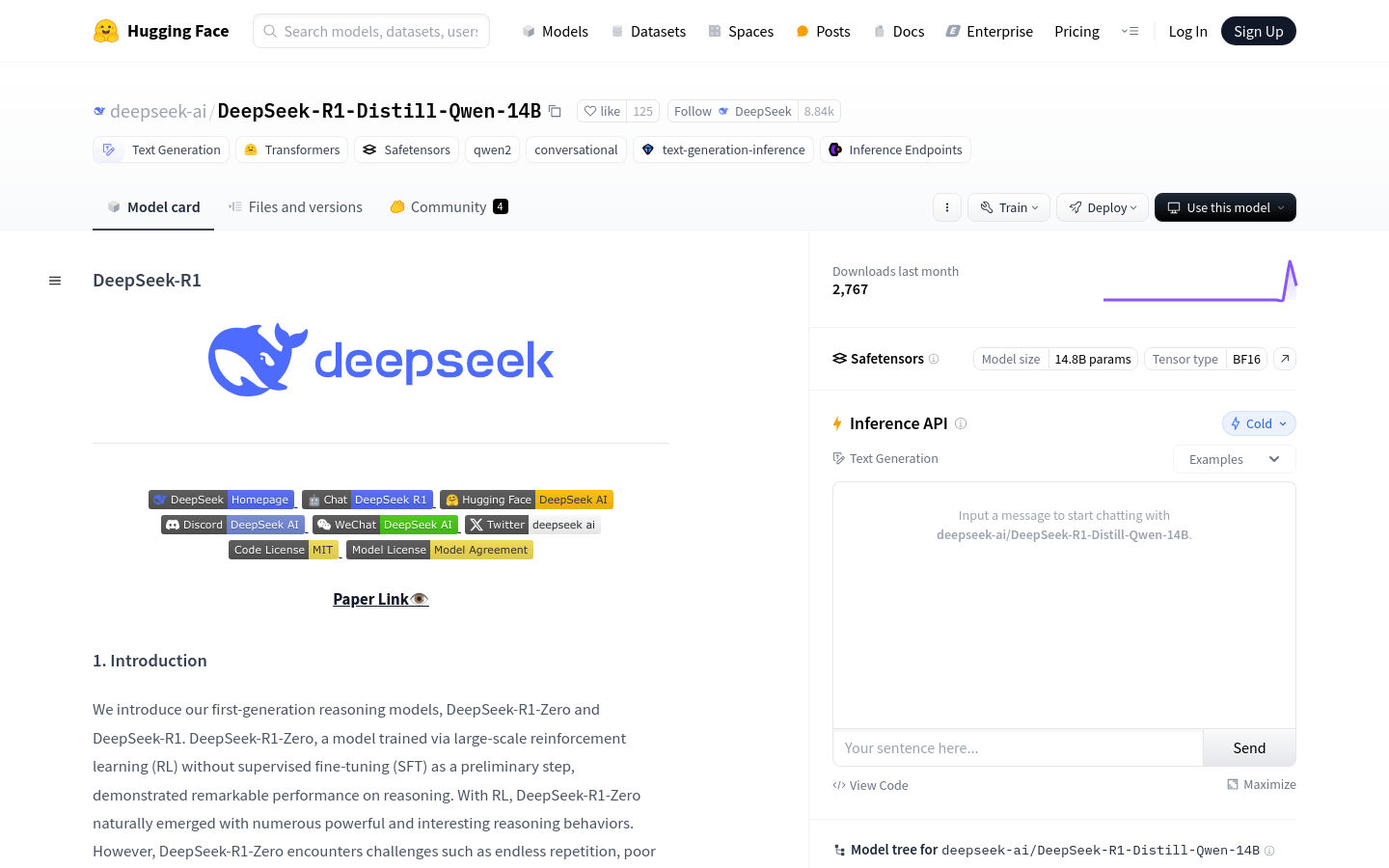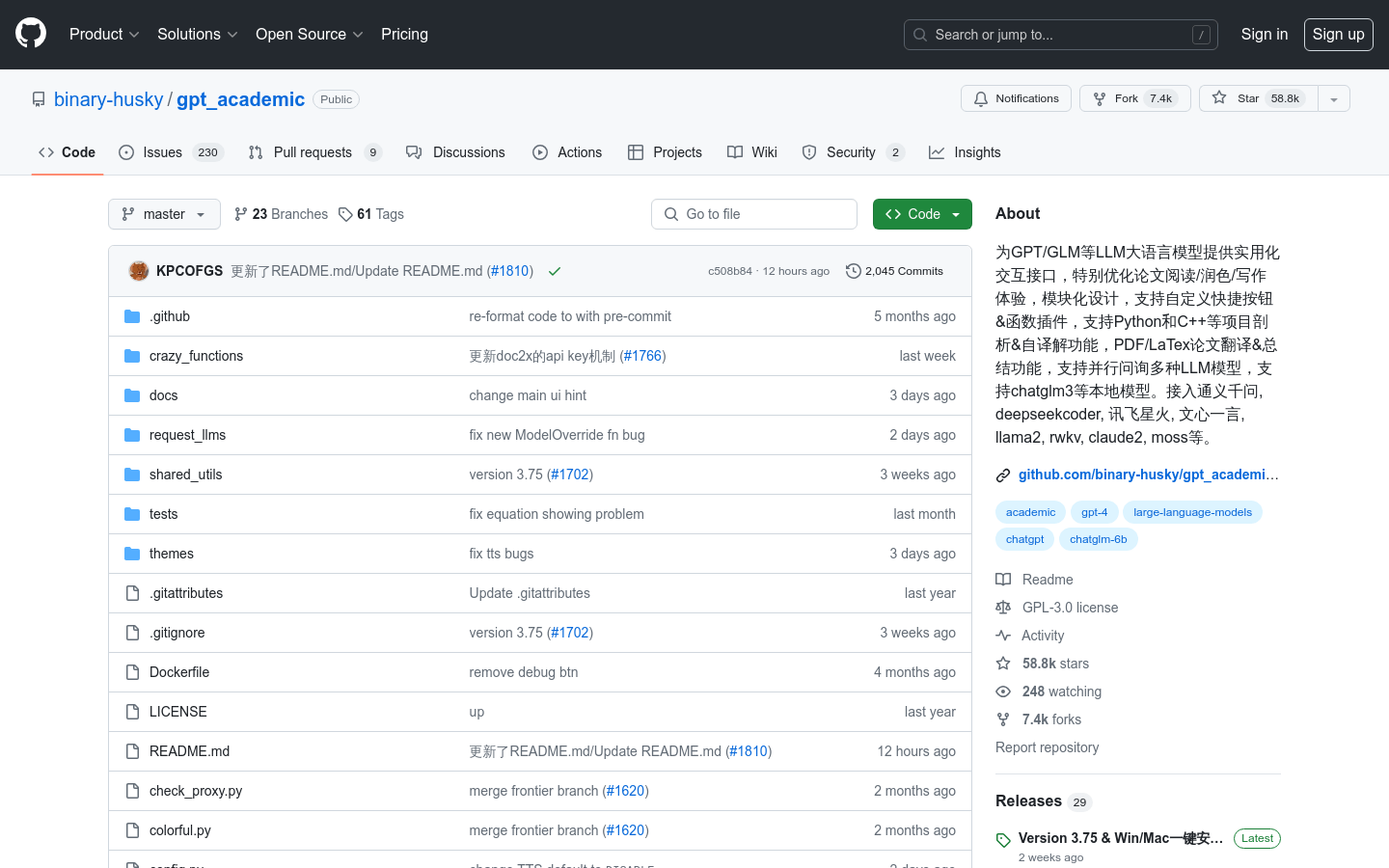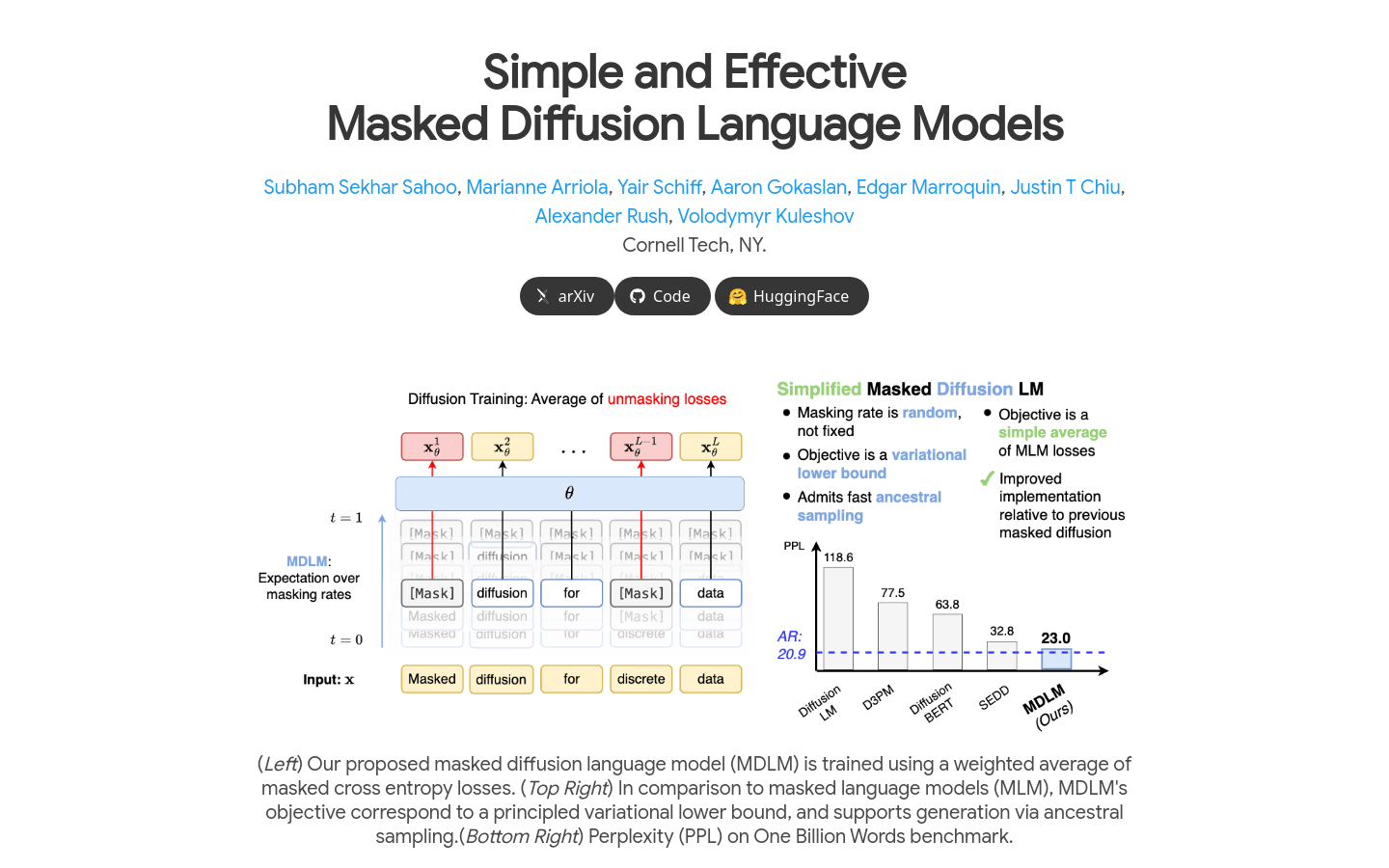
Masked Diffusion Language Models ( MDLM ) are a new type of language model that generates high-quality text data through masking and diffusion mechanisms. MDLM improves the performance of the occlusion diffusion model through improved training methods and simplified objective functions, allowing it to reach new bests in language modeling benchmarks and approach the perplexity of autoregressive models. The main advantages of MDLM include an efficient sampler, support for generating text of arbitrary length, and advantages in long-range dependencies and controllable generation.
Demand group:
" MDLM is suitable for researchers and developers who need to generate high-quality text data, especially in scenarios where long text generation, controllable text generation, and fast sampling are required. For example, researchers in the field of natural language processing can use MDLM to improve Their language models improve the quality and efficiency of text generation."
Example of usage scenario:
Researchers use MDLM for automatic summary generation of long texts.
Developers use MDLM to generate more natural and smooth conversations in chatbots.
Educational institutions use MDLM to generate teaching materials and course content.
Product features:
Training is performed using a weighted average masked cross-entropy loss.
Compared with autoregressive methods, the objective of MDLM corresponds to a principled variational lower bound.
Supports text generation via ancestor sampling.
Exhibits low perplexity in the One Billion Words benchmark.
MDLM trained with modern engineering practices, reaches a new best in language modeling.
MDLM can train encoder-only language models, allowing efficient samplers.
Usage tutorial:
Step one: Understand the basic principles and functions of MDLM .
Step 2: Obtain the MDLM model and related training code.
Step 3: Prepare the training data set, including masked and unmasked text samples.
Step 4: Use MDLM for model training and adjust parameters to optimize performance.
Step 5: Test MDLM on specific tasks to evaluate the quality of the generated text.
Step 6: Integrate the trained MDLM model into practical applications.
